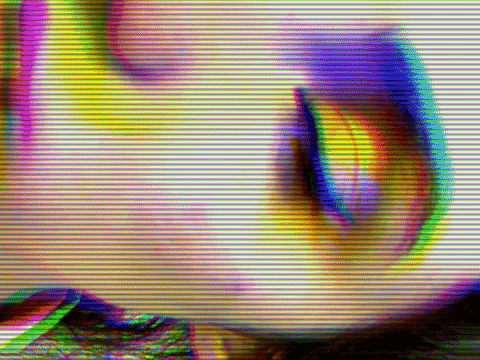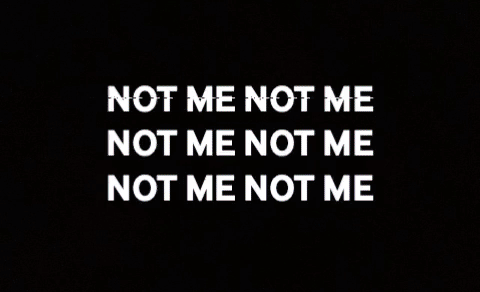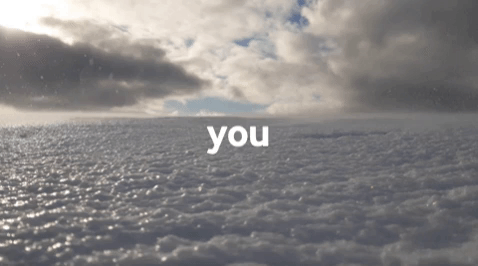GIF Cinema
A series of GIFs illustrating the internal struggles associated with different forms of gaslighting.










Artist's Statement
Almost since its creation, the GIF has typically been associated with reactionary humor. Its repetitive nature combined with amusing imagery and an applicable conversation is an easy way to elicit a laugh. When analyzed deeper, however, the GIF has a much larger potential for storytelling and emotional relativity. While there do exist GIFs which represent emotions other than humor, they aren’t widely socially compatible quite yet. This project attempts to combat these standards.
When the GIF is taken out of its societal context, it gains power. As I thought about its existence as an eternal loop, ending only when one chooses to close the app or internet page on which it exists, I thought about what mental processes mirror this state of being. One of these are deep-set beliefs, specifically beliefs that are pushed on a subject little by little until it is accepted as truth and are hard-wired through the implementation of negative conditioning, fear, and anger. Underneath the surface, our subconscious reminds us of these beliefs, entirely unprompted, regardless of the abusive methodology involved in its creation. The longer excuses are made and lies are told, the easier it is for a subject – for us – to begin to accept what we are told as truth.
What I’m referring to most and want to address directly is the act of gaslighting and being gaslit. The repetition of gaslighting means the internal beliefs sculpted into one’s mind are very difficult to erase even after the source of abuse has long since disappeared; the only way to claw one’s way out of this hole is to use the same kind of repetition to constantly remind oneself that the damage done was all lies. This is represented in my piece as the last two gifs. While the false message attempts to overwhelm and consume, the quiet truth is still available and necessary if one is to overcome.
In James Bridle’s December 2011 presentation, he mentions the interesting crossover between the digital world and reality. Clothing sporting electronic imagery and buildings taking on the features of a glitching subject in a game are now a regular piece of society. In my project, I decided to implement glitch imagery. A glitch in technology is associated with a fault in code, an issue within the machine and its ability to perform correctly; this has long since crossed over into reality in subject photography and videography as a representation of our own faults in mental coding. In the case of this project, it represents a false reality projected into the brain, where it clearly does not belong.
This project mirrors experiences that I have had over a period of years. The first set represents a very questionable relationship from many years ago, ending in tears and agony as he had conditioned me to believe over the year we had dated that he was the only one I could ever love. The realization of my own sexuality was difficult as the gaslighting came from within my own self; I believed it was so wrong that I convinced myself it wasn’t actually happening up until only very recently. These glitches in my reality weren’t healthy, and have resulted in a need for alternate programming. In this I want to bring to attention the few GIFs that aren’t glitched out. The first shows subjects holding hands, the second a montage of gay relationships, and the third and fourth the mantras used to combat the false information. In these GIFs, all the information presented is that of truth: there is nothing inherently wrong or false about the images. Relationships can be very good. People really are bisexual. Those mantras are the epitome of truth. The message I want viewers to take away from my project is that of hope: while gaslighting can attempt to consume the truth, the peace, beauty, and calming nature of the truth will always stand apart from the lies. We can always find it.